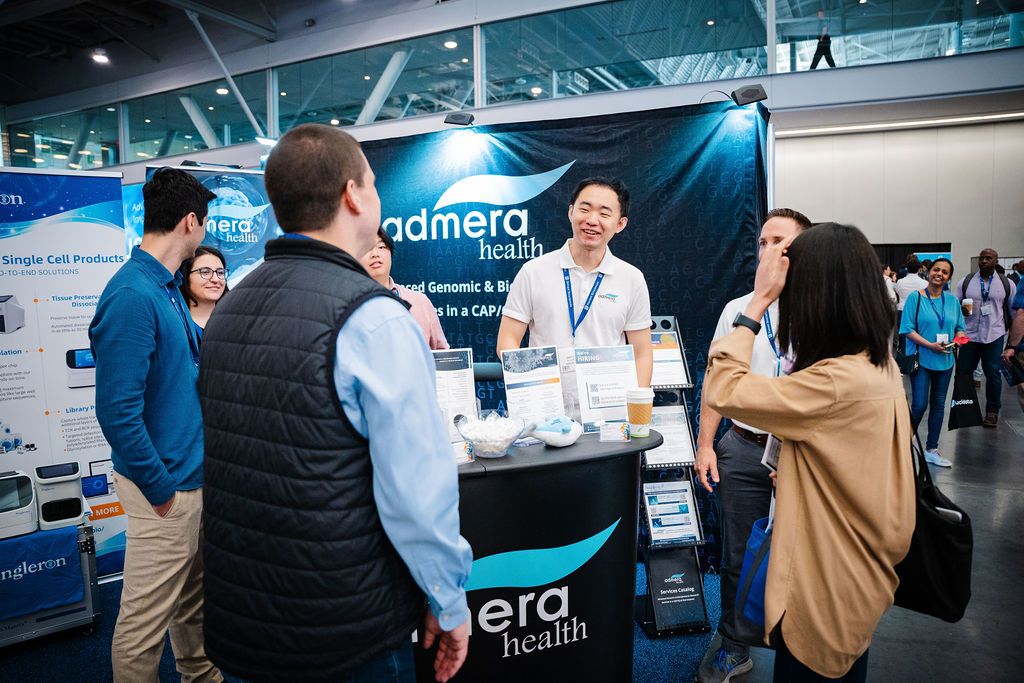Kathryn Whitehead, PhD Student, Brown University
Streamlining Rare Disease Targeting: Automated Hybrid Capture Technology in Newborn Genomics
Abstract
Next-generation sequencing (NGS) has emerged as a vital tool in genomics research and clinical diagnostics, particularly in the field of rare disease detection. Its value is especially evident in newborn screenings, where early identification of genetic disorders can significantly impact treatment outcomes. In the clinical space, NGS enables comprehensive genetic analysis, allowing for the detection of a wide range of rare diseases that may not be identified through traditional screening methods, and as confirmation of disorders flagged in bulk testing. In the research space, sequencing allows for in depth understanding of the genetic basis of disorders. This work presents an innovative approach leveraging a capillary-based automated device to fully automate sample library preparation and hybridization capture with a single user touchpoint. The workflow utilizes hybridization capture chemistry to target over 390 genes associated with newborn disorders yielding an average of 17.6 ng/μl of DNA, with sequencing metrics comparable to manual runs. A novel hybridization method leveraging organic solvents was developed to reduce hybridization time to 30 minutes from 16 hours. We have also developed an AI/ML driven bioinformatic software to pair with this workflow. This comprehensive approach is crucial for newborn research, where rapid turnaround times for genetic tests are essential for timely diagnosis and treatment initiation. The automation improves accuracy by minimizing human intervention, reducing the risk of errors and contamination. It also reduces the technical expertise required to perform complex NGS workflows and analysis, expanding the application of NGS in clinical and research settings.

